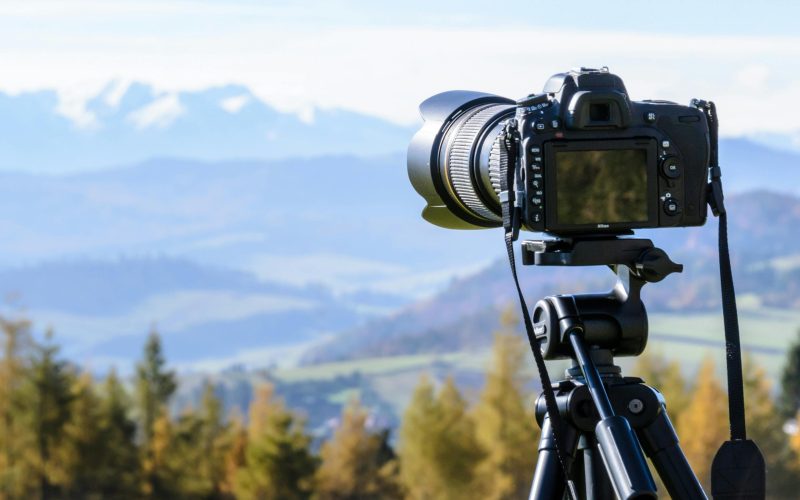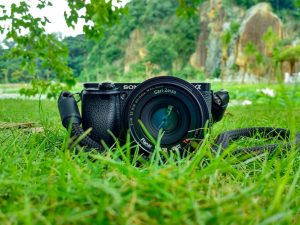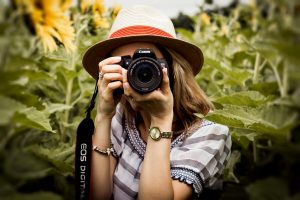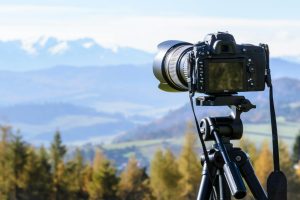Introduction
Travel photography is an exhilarating way to capture memories and share your experiences with others. Whether you’re using a smartphone or a professional camera, understanding some key principles can help you take stunning photographs. This blog outlines essential travel photography tips for beginners, helping you improve your skills and create lasting visual memories.
1. Know Your Gear
Camera Basics
Familiarize yourself with your camera or smartphone. Understanding settings like aperture, shutter speed, ISO, and focus will help you adapt to different environments and lighting conditions. If you’re using a smartphone, explore its features—many smartphones now have advanced photography modes.
Accessories
Invest in useful accessories such as:
- Tripod: Helps stabilize your camera for long exposure shots or low-light environments.
- Extra Batteries and Memory Cards: Always have backups, especially during long trips.
- Lens Cleaning Kit: Keep your lenses clean from dust and smudges.
2. Master Composition Techniques
Rule of Thirds
The Rule of Thirds suggests dividing your frame into thirds, both horizontally and vertically. Position your subject along these lines or at their intersections for more balanced and engaging compositions.
Leading Lines
Look for natural lines in your surroundings—roads, rivers, or buildings—that can guide the viewer’s eye toward the subject. This technique adds depth and dynamism to your photos.
Framing
Use elements in your environment to frame your subject. This could be archways, branches, or windows, adding context and interest to your images.
3. Pay Attention to Lighting
Golden Hour
The best lighting for photography occurs during the golden hour, just after sunrise and before sunset. The soft, warm light enhances colors and textures, creating a magical atmosphere.
Use Natural Light
Whenever possible, utilize natural light instead of relying on flash. Avoid shooting in harsh mid-day sun, which can create unflattering shadows. Seek shaded areas or cloudy days for even lighting.
4. Tell a Story
Each photograph has the potential to tell a story. Think about the narrative you want to convey:
- Capture candid moments of locals engaging in daily activities.
- Include elements of the environment that provide context, like bustling markets or serene landscapes.
- Experiment with different perspectives—get close, step back, or shoot from higher or lower angles.
5. Edit Your Photos
Post-processing can significantly enhance your travel photos. Use editing software or apps (such as Lightroom, Snapseed, or VSCO) to adjust brightness, contrast, and saturation. Remember to maintain a natural look—don’t overdo it!
Conclusion
Travel photography is a rewarding way to document your adventures and express your creativity. By understanding your gear, applying composition techniques, observing lighting, telling a story, and editing thoughtfully, you can elevate your travel photos and create lasting memories. Remember, practice makes perfect, so keep shooting and enjoy the journey!





